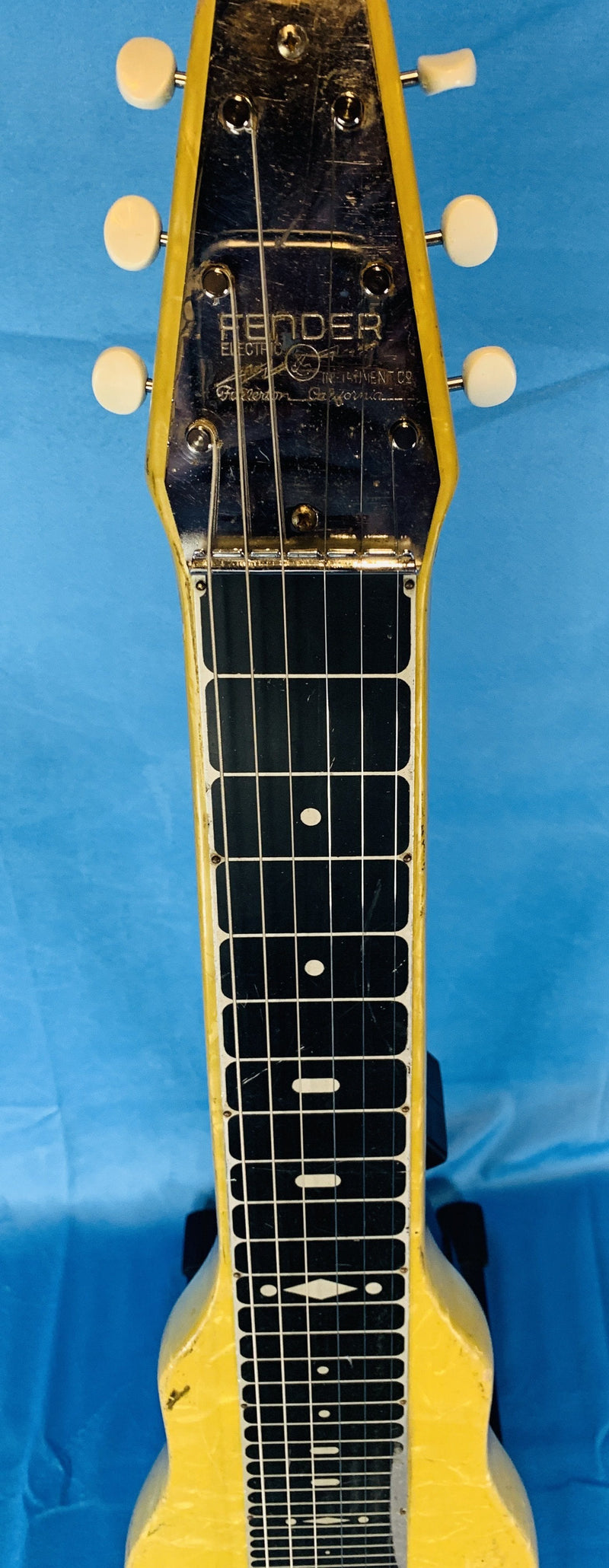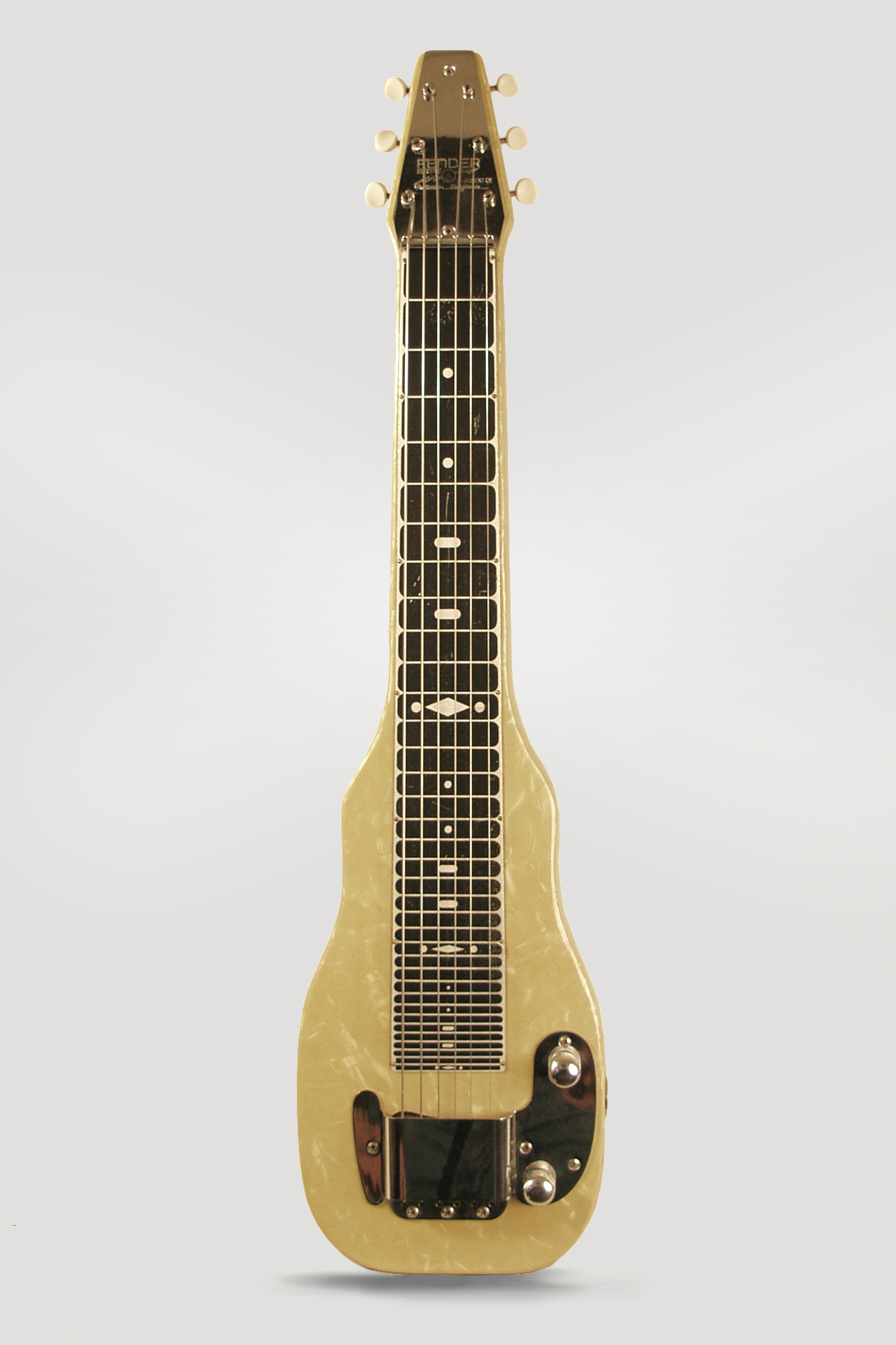

- #PHOTO OF VINTAGE SLIDE BAR FOR FENDER CHAMPION LAP STEEL INSTALL#
- #PHOTO OF VINTAGE SLIDE BAR FOR FENDER CHAMPION LAP STEEL FREE#
This is particularly true of racing or racing-style bikes, which often are made without frame eyelets to attach the fender stays to, and with insufficient clearance under the brake bridges and calipers to allow fenders to clear the tires. Prevents installation of a fender or a wider tire. Tight clearance under the fork crown of a Raleigh Cadent road racing-style bicycle These bikes are designed for fair-weather use, and are not intended for serious cyclists.
#PHOTO OF VINTAGE SLIDE BAR FOR FENDER CHAMPION LAP STEEL INSTALL#
Unfortunately, many newer bicycles are poorly designed, following silly fads that make it difficult or impossible to install full-length fenders. Some rear racks have a flat plate on top which may prevent the "skunk stripe" on your back, but which do nothing to protect the bicycle. Shorter, clip-on fenders are slightly better than nothing, but very much worse than real fenders. Metal fenders are popular with traditionalists, but they tend to be noisy, and many are still sold with old-style U-shaped stays can lock the wheel if an object gets entrained by the tire. They are available in several widths, are flexible and can be reshaped as needed after gentle heating.

This traditional fender really works to protect you and your bicycle from spray kicked up by wet roads. My Rambouillet bicycle with full-length fenders and front mudflap If you ride in the rain with other cyclists, it also is good to have a mudflap on the rear fender. Ideally, the front should also be equipped with a mudflap to protect your feet and the chainwheels from spray.

The corresponding front fender extends from about 6 inches in front of the fork, rearward and down well below the "equator" of the front wheel, again with stays. The good ones have two pairs of stays (wire struts) to hold the rear part in position, and also attach to the seatstay and chainstay bridges. The rear fender runs from the chainstays all around the rear tire until it is pointing almost straight down at the back. There is no substitute for full-length fenders, such as SKS (formerly ESGE), Planet Bike, or the better Zéfal or Delta models. Note that his headlamp is mounted below the hem of the rain cape. Photo: cyclist and bicyclefixation blog author Richard Risemberg stays clean and dry with fenders, a rain cape and a helmet cover. A jacket with a hood, or a conventional poncho, is not recommended, because it will interfere with vision when turning the head. A jacket of Gore-Tex™ or other breathable fabric also can do the job, though it can get sweaty and hot in a warm rain.
#PHOTO OF VINTAGE SLIDE BAR FOR FENDER CHAMPION LAP STEEL FREE#
A rain cape - and if you need to keep your hair dry, a helmet cover - allow free ventilation and maximum comfort. Rainproof clothing completes the picture of the well-equipped wet-weather cyclist. In the early days of bicycling when horses were common, that word only began to describe the advantage of fenders! In a hard rain, you may become wet with clean rain from above, but fenders will protect your body and bicycle from the mud and sand kicked up from dirty puddles and rivulets. If you are a "fair weather" cyclist, you don't need fenders, but if you are a serious cyclist, and don't live in a desert climate, you really should have at least one bicycle with fenders.įenders make a tremendous difference when you are riding roads that are wet from drizzle, recent rain, or snowmelt.


 0 kommentar(er)
0 kommentar(er)
